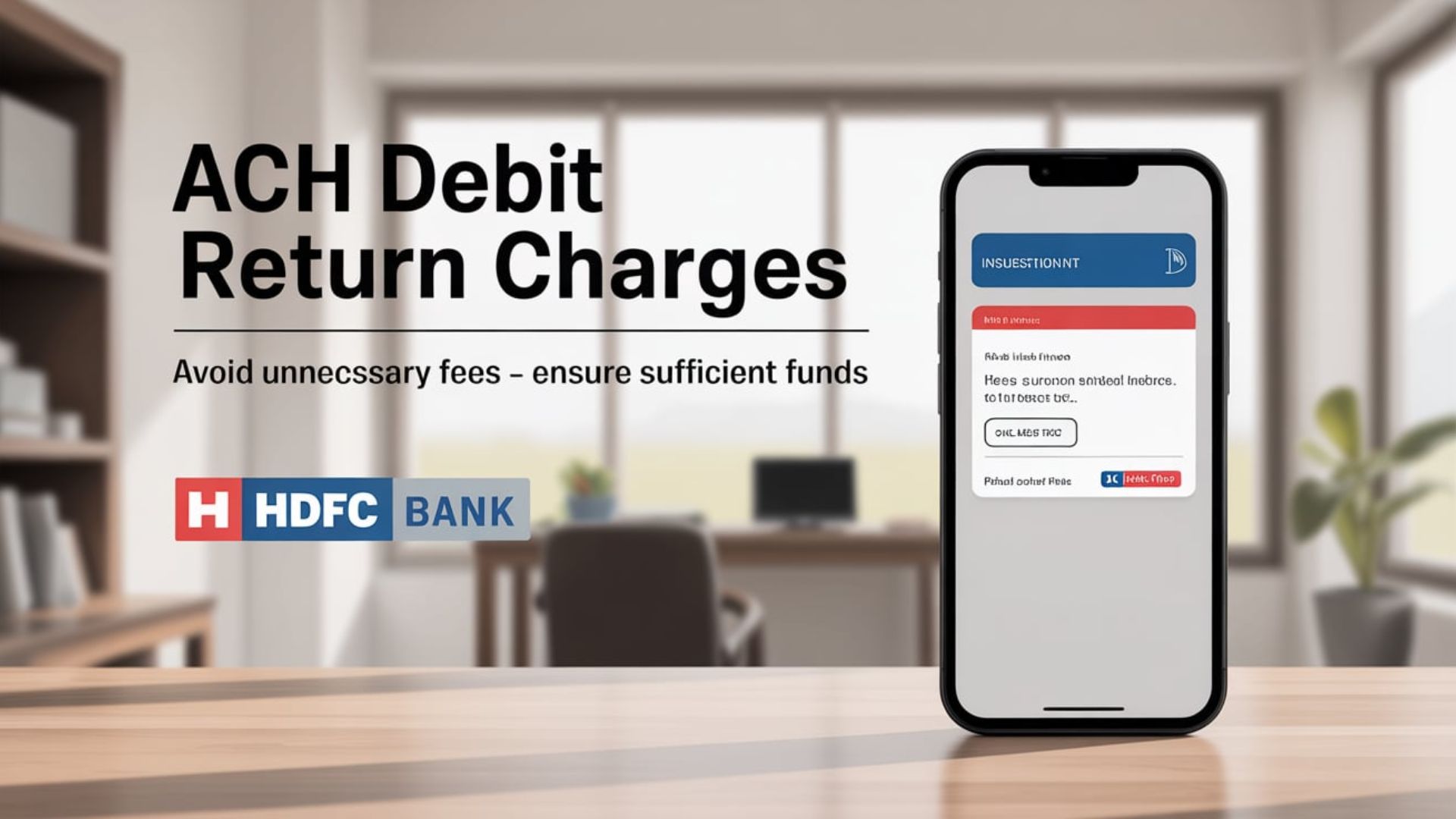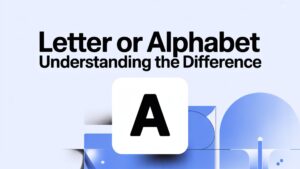Dive in, and let’s unravel exactly what ACH Debit Return Charges in HDFC Salary Account meanand how you can handle them smartly. We’ll walk you through definitions, causes, fees, remedies, prevention, and more. Stick with me by the end, you’ll not only understand the topic in-depth but also be equipped to avoid hassles in the future.
Introduction
You’ve probably seen a mysterious “ACH Debit Return Charge” pop up in your HDFC salary account. It’s a pain unexpected and often unexplained. But it doesn’t have to catch you off-guard. Let’s clarify what it is, why it happens, and how you can tackle it like a boss.
What Are ACH Debit Return Charges?
ACH stands for Automated Clearing House. It’s a system that lets entities like mutual funds or bills withdraw directly from your HDFC account. When these payments bounce, the bank hits you with a return charge.
- HDFC charges are steep: around ₹500 + GST per failed debit. If the same proof isn’t given or funds are insufficient, you’re likely to get that hit. dailyfinancial.inNoBroker
- A helpful site outlines a clearer fee ladder: Return #Fee (Customers)Fee (Senior Citizens)1st₹450₹4002nd₹500₹4503rd+₹550₹500
Modern updates suggest HDFC may bundle charges around ₹500 plus GST when reasons are unspecified, funds are low, or account info mis-matched. NoBrokerTrendsMask
Why Did This Charge Appear in Your HDFC Salary Account?
Here’s what might be tripping you up:
- Insufficient Funds: One of the most common causes. If your balance doesn’t cover an auto-debit (say, a SIP or bill), the transaction fails. Consumer Complaintsdailyfinancial.in
- Incorrect Bank Details: Wrong account or IFSC info kills the transaction in its tracks. dailyfinancial.in
- Other reasons: Frozen or closed accounts, expired mandates, holds, or technical snafus.
From real-world complaints:
“I was charged ₹590 because of a payment bounce. I wasn’t even notified.”
Consumer, complaining on a forum. Consumer Complaints
Another user reported ₹1,700 (₹1,500 + GST) out of the blue, stating “ach debit return charges” on their statement. TechnoFino
Step-by-Step: What to Do When You See This Charge
Quick First Moves:
- Check your HDFC statement: Does it specify “ACH Debit Return Charge”?
- Match dates and amounts with SIPs, billers, or subscriptions.
- Note how many such charges occurred in a month HDFC’s escalating fee structure matters here.
Contact HDFC:
- Use the app, net banking, or call their customer care.
- Inform them: “I’ve been levied ACH Debit Return Charge; this appears incorrect.”
- Provide transaction IDs, debit dates, and SIP details.
- Ask clearly: Is this reversible? Sometimes banks waive it, especially if it’s your first time or due to technical glitches.
Dispute & Refund:
- Be polite but firm. Clearly state your case: “This was due to a technical glitch, not negligence.”
- Request a refund or reversal, especially if it’s the first instance or your relationship manager is responsive.
Fees Table: Snapshot for HDFC Salary Accounts
| Return Count | Customer Fee | Senior Citizen Fee | Notes |
|---|---|---|---|
| 1st return (per month) | ₹450 | ₹400 | Standard initial penalty |
| 2nd return (per month) | ₹500 | ₹450 | Escalated penalty |
| 3rd and beyond (per month) | ₹550 | ₹500 | Highest penalty tier |
| General standard rate | ₹500 + GST | Applied when reasons unspecified |
Preventing ACH Debit Return Charges in HDFC Salary Account
Let’s beat the bounce before it happens.
- Maintain adequate balance especially during SIP or bill dates.
- Set SMS or app alerts: low balance reminders are your friend.
- Review auto-debits and mandates cancel or pause inactive ones.
- Schedule top-ups before debits land.
- Use stop orders if a payment no longer applies.
- Consider account upgrades some HDFC premium accounts (like Imperia) waive these charges. e-Banking.inBekifaayati
What If You Get Charged Frequently?
Repetitive charges could trigger:
- Credit score impacts, especially if EMI payments bounce.
- Trust erosion banks may flag accounts with excessive returns.
- Permanent fees banks might enforce regular penalties for recurring offenses.
Can HDFC Refund ACH Debit Return Charges? (Yes Sometimes)
HDFC may reverse charges under certain conditions:
- First-time slips they often waive them as a gesture.
- Technical or system errors if it wasn’t your fault.
- Premium relationships e.g., Imperia or other privileged accounts.
Steps to follow:
- Request politely but firmly.
- Offer evidence or a good explanation.
- Escalate to a manager if needed.
- Document each step for follow-up.
RBI Guidelines and Your Rights
- RBI/NPCI protocols govern ACH/NACH mandates and returns.
- There are regulated timelines for refunds and return notifications.
- You have the right to dispute unauthorized debits, but timelines matter act with urgency.
While specific RBI fee caps on return charges aren’t public, they emphasize consumer protection and timely communication.
FAQs
A. What’s the difference between ACH and NACH?
- ACH is the broad framework; NACH is its Indian iteration used for mandates, bills, SIPs, etc.
B. How many retry attempts does HDFC make on failed ACHs?
- Typically none HDFC returns immediately upon failure.
C. Can I cancel a mandate?
- Yes. Use net banking/branch to cancel and avoid unintended debits.
D. Are return charges the same in HDFC Salary and other accounts?
- Fees are similar but some premium variants offer waivers or reductions.
E. What if I ignore the charges?
- They’ll still deduct. Repeated fees mean unexpected losses you could’ve prevented.
Conclusion
Let’s cart out the key takeaways:
- Understand what ACH Debit Return Charges in HDFC Salary Account actually mean.
- Know the causes usually insufficient funds, wrong info, or expired mandates.
- Use the fee table to anticipate charges and their escalation.
- Take action: verify, dispute, request refunds.
- Prevent recurrences with smart account management, alerts, and reminders.
- Know your rights highlight them if you reach out to HDFC.
- Stay proactive a small oversight today shouldn’t cost you tomorrow.









